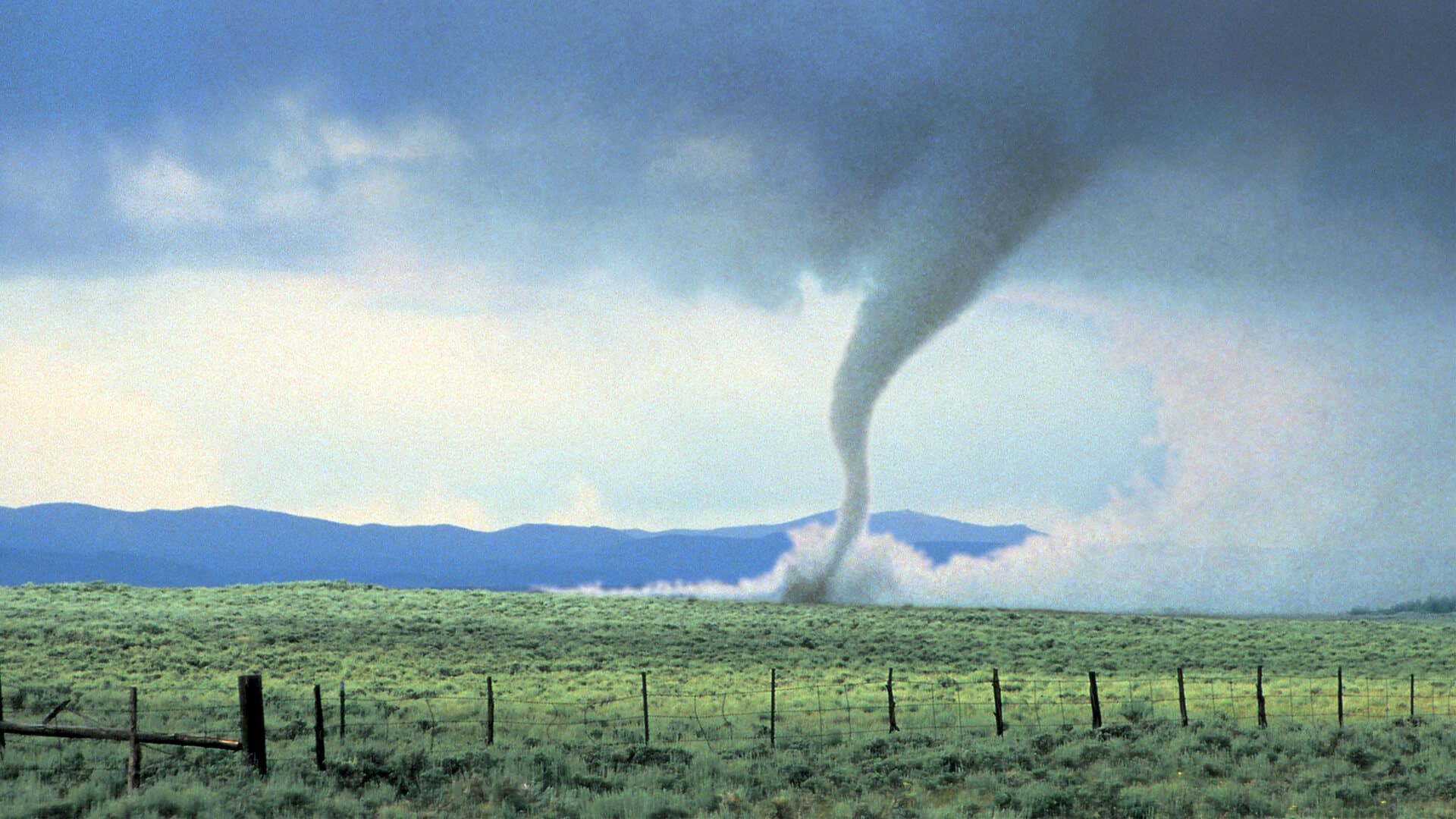Fast fashion has quickly become an environmental villain we can’t seem to shake. The global industry offers an endless stream of affordable, trendy clothes, but the bargains come at a high cost. Recent statistics are alarming. The United Nations reports that fast fashion generates 10 percent of global carbon emissions, making it a bigger polluter than international flights and maritime shipping combined. On top of that, the industry dumps 92 million tons of textile waste into landfills each year—the equivalent of a garbage truck full of clothes burned or buried every second.
The scale of production is staggering, with manufacturers churning out up to 100 billion garments annually. However, nearly half of those items never make it to the checkout line. Even the clothes that do sell are often worn just a few times before heading to the landfill. Data from the Environmental Protection Agency show that in 2018, the U.S. produced 13 million tons of clothing and footwear waste, but recycled only 1.7 million tons. This throwaway culture drives a vicious cycle of overproduction, waste, and environmental harm.
Water use is another major part of this toxic equation. Fast fashion is the second-largest consumer of water globally, using 79 trillion liters each year. Producing a single pair of jeans requires more than 3,700 liters of water, from growing the cotton to dyeing the fabric, according to the UN Environment Programme. Washing synthetic fabrics like polyester—which constitutes about 60 percent of textiles worldwide—releases microplastics into the ocean, contributing to 35 percent of ocean plastic pollution from textile laundering.
Some brands have adopted more sustainable practices, using recycled materials or waterless dyeing techniques. However, the fast fashion business model itself remains deeply flawed. The industry’s focus on selling more products, more frequently, continues to flood the planet with discarded clothing. Slowing consumption and embracing sustainability will be critical if we want to wear our clothes with a clean conscience.



















